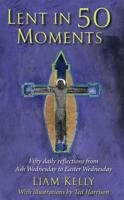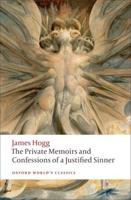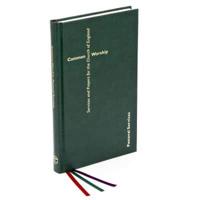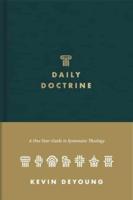Publisher's Synopsis
Excerpt from A Select Library of the Nicene and Post-Nicene Fathers of the Christian Church, Vol. 10: Saint Chrysostom; Homilies on the Gospel of Saints Matthew
A modern reader must sometimes be struck with finding in St. Chrysostom a kind of criticism, which we are apt to think belongs only to later times. His main object, however, is moral, and he searches out with diligence both the meaning and the applications of particular passages. Usually concluding with an eloquent ex hortation to some special virtue. Some of the most remarkable of these exhortations are on the subject of Alms giving, which he seems to have pressed with success at last. His calculation in Hom. Lxvi. As to what might be done, is somewhat curious. In the end of Hom. Lxxxviii. He demands a reformation as the condition of his entering on the controversy with Infi'dels. In the next Homily he discusses the evidence of the Resurrection with nearly the same arguments as would still be used against an objector.
The Theatres are the theme of his frequent reprobation, and the Monks of the mountains near Antioch of his praise. In Hom. Lxix. And lxx. He describes their mode of life as an edifying example to all. He frequently attacks the Anomaan or extreme Arian Heresy, and sometimes also the Manichean. It is perhaps worth while to recollect the nearly contemporaneous prevalence of Manicheism in the West, as it appears in the early history of St. Augustine. In Hom. Lxxxvi. There are some remarks on the device of Satan by which evil is introduced by little and little, which are worthy of consideration as applicable to the growth of erroneous doctrine and practice within the Church.
About the Publisher
Forgotten Books publishes hundreds of thousands of rare and classic books. Find more at www.forgottenbooks.com
This book is a reproduction of an important historical work. Forgotten Books uses state-of-the-art technology to digitally reconstruct the work, preserving the original format whilst repairing imperfections present in the aged copy. In rare cases, an imperfection in the original, such as a blemish or missing page, may be replicated in our edition. We do, however, repair the vast majority of imperfections successfully; any imperfections that remain are intentionally left to preserve the state of such historical works.










